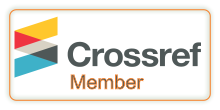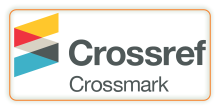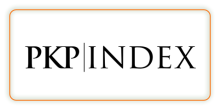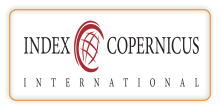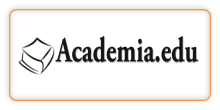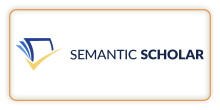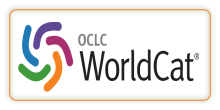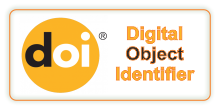EXPLORING SIGNIFICANT ASPECTS AND IGNITION OF NATIONALISM IN THE SIGHT OF A CHILD-YOUTH ORGANISATION, ‘MANIMELA’
DOI:
https://doi.org/10.29121/granthaalayah.v13.i5.2025.6229Keywords:
Nationalism, Child-Youth Organisation, Multidimensional ApproachesAbstract [English]
In quasi inference nationalism means an association of endearment and inclination towards a nation, it represents an intact nexus and also dedicates a name of the connexion between a nation and its people. Quite indisputably the axiomatic multidimensional approaches of transnational, polyglot, multi-culture and eco-geographical factors have confirmed many aspects of Indian Nationalism. It is easy to say but hard to cultivate the process of resounding implementation of nationalism by delegating appropriate variations and beading them for the creation of a symphony. In 1940, 15th April a renowned child litterateur Bimal Ghosh (Moumachi) had established first registered all India child-youth organisation called ‘Manimela’ (Rabindro Sarovar Stadium, Block-2, Kol. 700029). This has many constituted branch units in various parts of the country and any boys and girls (up to 16 years) irrespective of their caste-creed or religion can join it. It has work for a complete development of children and preparing them to practice the activities which supplemented the basis of nationalism like the contemplation of social harmony and predilections, be honorific about every religious life style and social traditions and pursuing the norms of our great national leaders and typifications etc. I would like to construct a viewpoint about since the beginning what major changes have reflected in the moves and pervasion of this organisation? How far it has successfully maintained its institutional ambitions? In what extent its constructive phases can be enhanced to four-square the sense of nationalism in the young minds? So, if an enlarged discourse has been made on this organisation that would be a unique premise regarding the thoughts and implications of Indian nationalism.
Downloads
References
Homeray, U., & Bardhan, A. (Eds.). (1985). Deshmonikar Moumachi. Moumachi Smriti Samiti. Printed by Dipti Printers. (74–78, 42, 79)
Homeray, U., & Bardhan, A. (Eds.). (1985). Deshmonikar Moumachi. Moumachi Smriti Samiti. Printed by Dipti Printers.(2-3, 3, 26)
Mnimela Mhakendra. (n.d.). Mnimela Gathan o Parichalan Bidhi (6th ed.). (Original Publisher Unclear; Assumed from Provided Name.)(9-10, 3-4)
Sarkar, A. K. (Ed.). (1963). Souvenir of All India Mnimela Festival and Children's Fair, Rabindra Sarobar Stadium, Kolkata. Anandabazar Patrika.(29-31)
Interview with Mr. Ujjwal Kumar Sen, Manirakshak and district reprentative, Joy Durga Manimela, Birbhum, West Bengal, 22nd March, 2019, 8:00 AM.
Interview in a form of Telephonic Conversation with Renowned Juvenile Litterateur Mrinalkanti Gupta, Senior Member of Unipark Manimela, Jadavpur, Kolkata, 25th March, 2019, 7:49 PM.
Interview in a form of Telephonic Conversation with Mr. Bijan Bhattacharya, Founding Member of Biswajeet Manimela, Jamshedpur, Jharkhand, 27th March, 2019, 2:10 PM.
Bandapadhaya, Shekhar, “From Plassey to Partition: A History of Modern India”, 2010, Published by Orient Blackswan Private Limited, Printed by Commercial Press Service, Kol.- 12
Sarkar, Sumit, “Modern India: 1885 – 1947”, Published by K. P. Bagchi & Company, Printed by Avinava Mudran, 2004.
Heehs, Peter, “Nationalism, Terrorism, Communalism: Essays in Modern Indian History”, Oxford, 1998.
Chatterjee, Partha, “The Nation and Its Fragments: Colonial and Postcolonial Histories”, Princeton University Press, 1993. DOI: https://doi.org/10.1515/9780691201429
Published
How to Cite
Issue
Section
License
Copyright (c) 2025 Gargi Sen Ghosh

This work is licensed under a Creative Commons Attribution 4.0 International License.
With the licence CC-BY, authors retain the copyright, allowing anyone to download, reuse, re-print, modify, distribute, and/or copy their contribution. The work must be properly attributed to its author.
It is not necessary to ask for further permission from the author or journal board.
This journal provides immediate open access to its content on the principle that making research freely available to the public supports a greater global exchange of knowledge.












